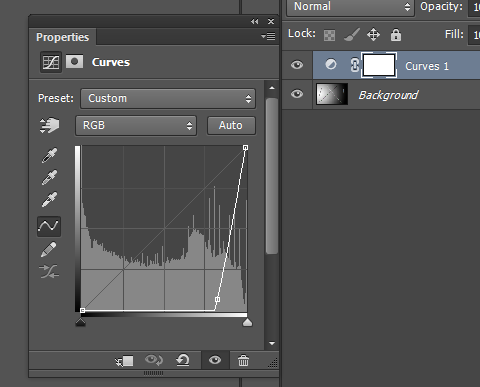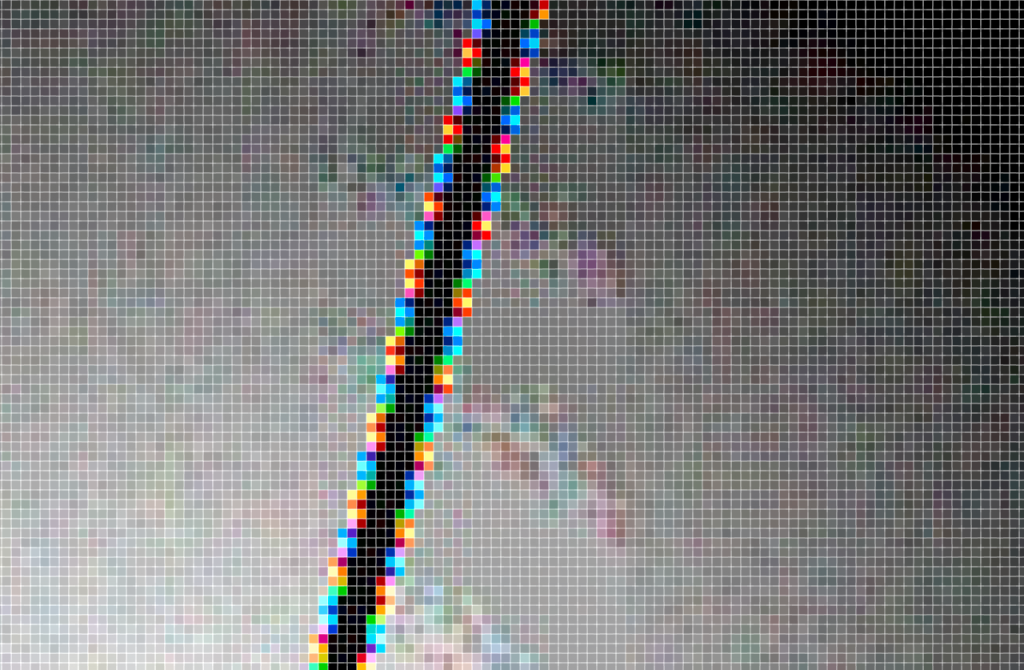In the previous few days’ posts, I’ve established that:
- The Sony raw compression algorithm generates artifacts that can be made visible by subtracting an uncompressed image chosen to stress the algorithm from one that has been compressed and decompressed and subjecting the result to amplification by a factor of 20 or 30.
- If the delta modulation component of the algorithm, which changes the data from 11 bits/pixel to, on average, 8 bits/pixel, is omitted, the errors are substantially smaller.
- The photon noise from the camera, even with the ISO set to 100, can eliminate virtually all patterning from the difference image with the delta modulation component omitted, but not from the difference image using the entire algorithm.
This is all very well, but it is not illustrative of actual camera usage. In the real world, the uncompressed image is not available. What the user of the a7 and a7R cares about is, after likely editing, are the artifacts of compressed/decompressed (companded) image visible.
I set out to answer that question, using my stress image. I chose some extreme editing, in the form of a Photoshop curve:
Here’s what happens when you subject a companded image with no noise to those curves:
Want a real close look?
Note that, in this case, the artifacts don’t look like the bar codes that have been reported elsewhere. I think that’s because the gradient that I used in the test image is two-dimensional. Of course, you’d never see an image like this in a real photograph, because this one has no photon noise.
Considering the extreme nature of the curve I used, I think that the possibility of visible artifacts in a7 and a7R images due to Sony’s raw compression is remote, but not nonexistent. I don’t plan on worrying about it myself. In my mind it’s nowhere near as likely to damage images in an objectionable way as the a7R shutter shock.



In current RawDigger version, in Preferences, Data Processing, Sony ARW2 processing options, Delta relative to zero will show the regions where artifacts are to be expected.